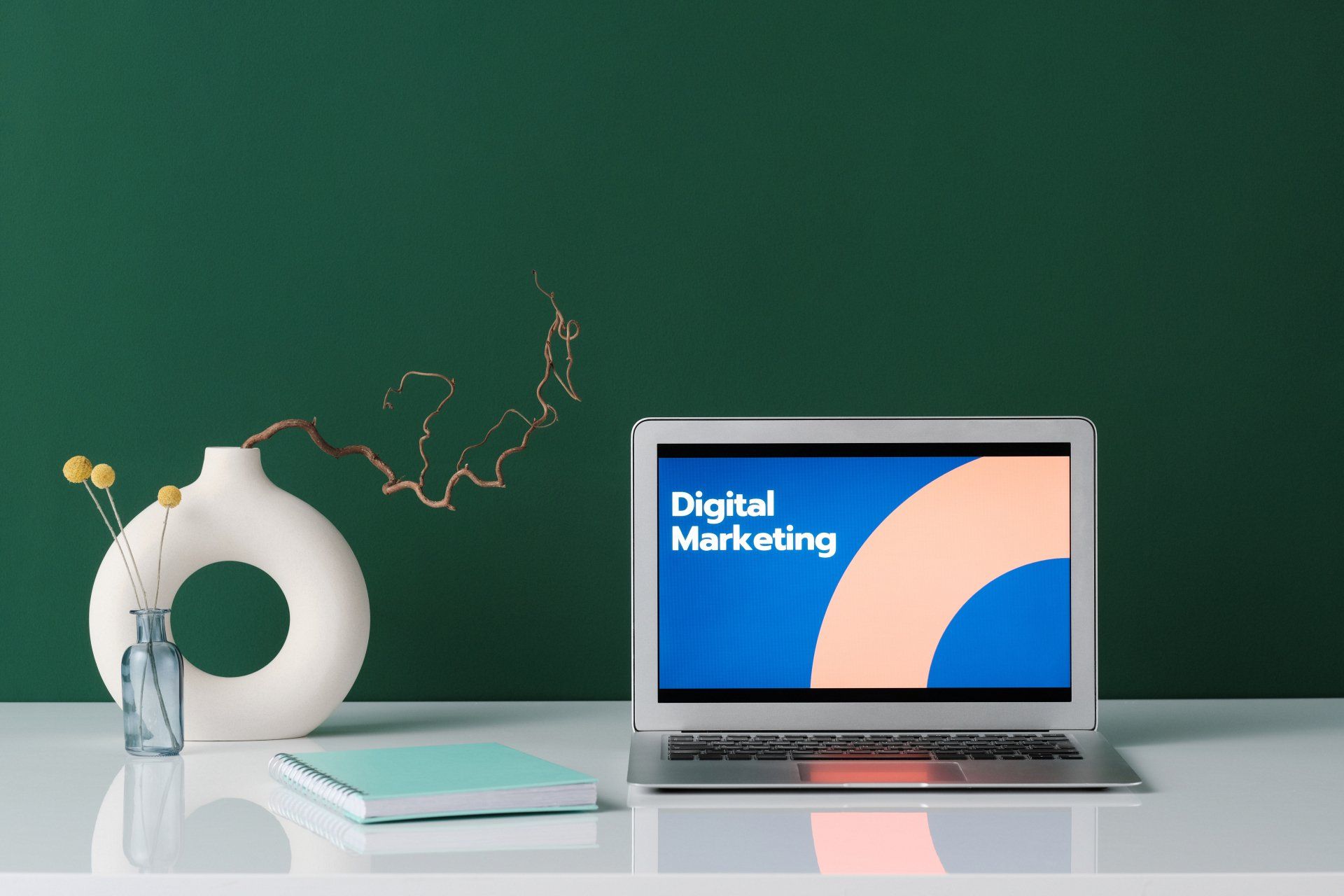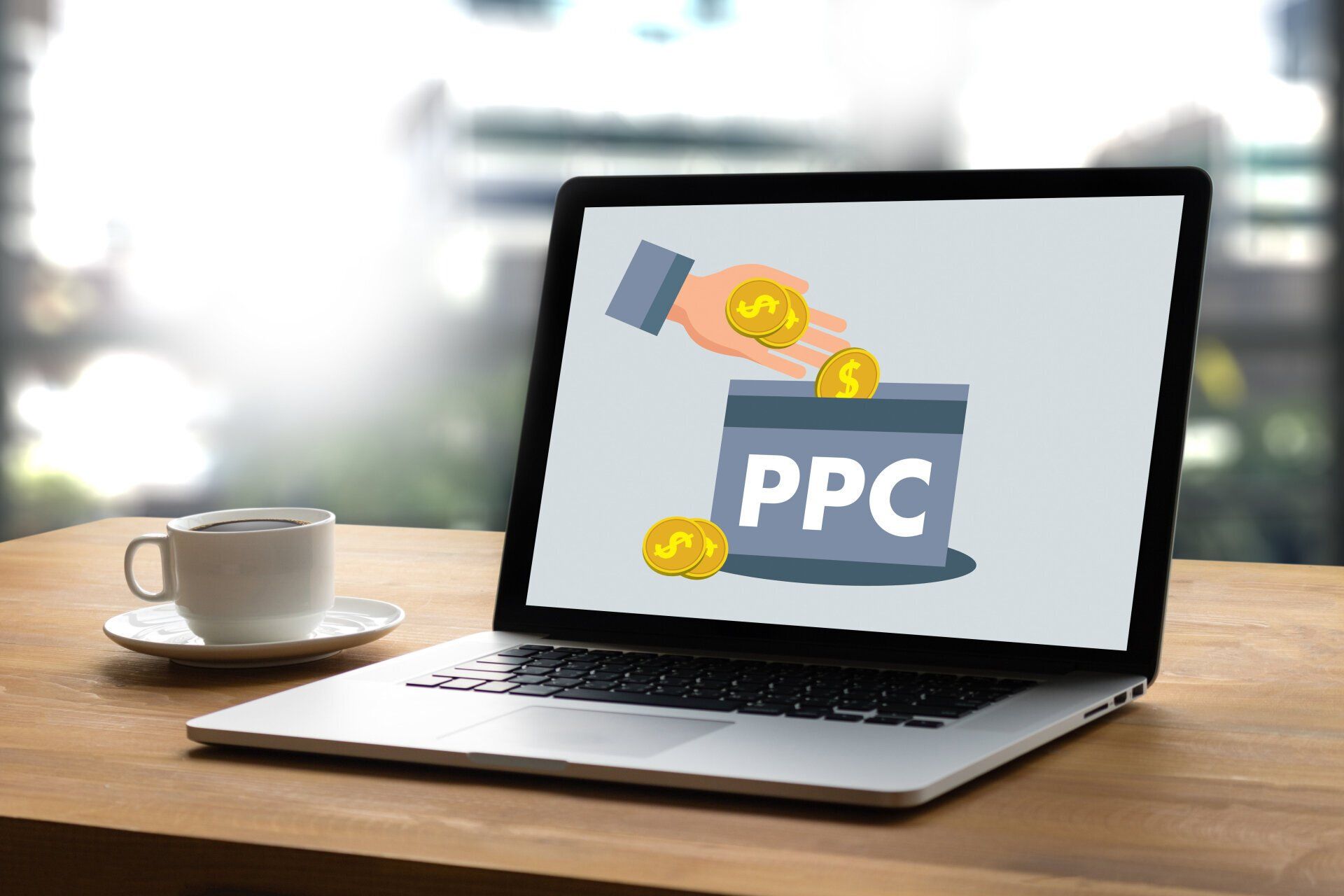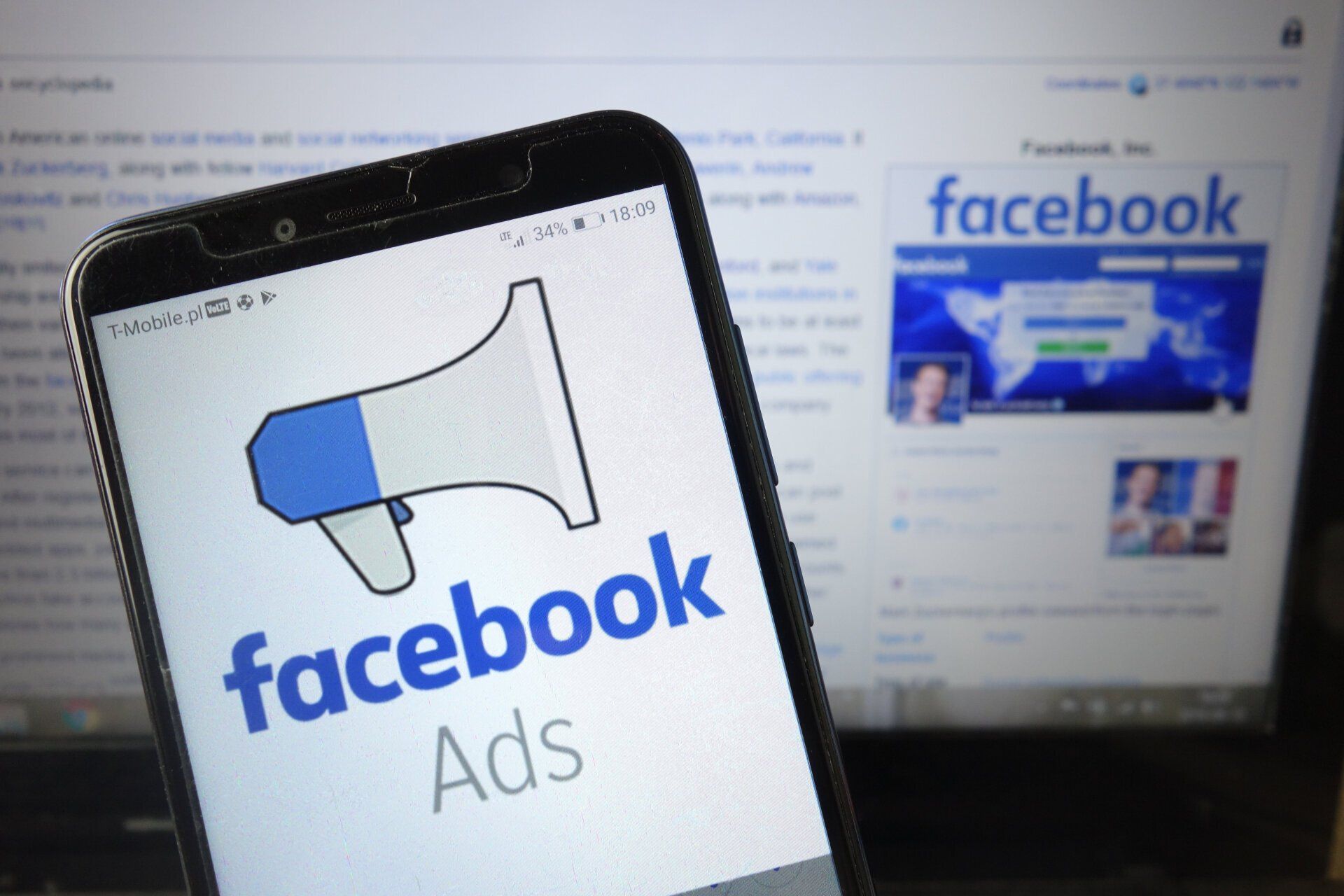Crafting a Cohesive Brand Identity
Brand Identity for your Home Service Business
Introduction:
In the competitive realm of home services marketing, the power of a cohesive brand identity cannot be overstated. Inconsistent branding can lead to confusion and undermine your credibility. This blog provides a step-by-step guide to help you unlock the potential of your brand and create a distinct identity that resonates with your audience.
Step 1: The Power of Consistency
Consistency is the cornerstone of a strong brand identity. Ensure that your branding elements, including logos, colors, fonts, and messaging, are uniform across all marketing materials. A cohesive brand identity fosters recognition and instills trust and reliability in your home services business.
The Cornerstone of Recognition:
Consistency is not merely a stylistic choice; it's the cornerstone of recognition. When a potential customer encounters your brand, whether through a website, a social media post, or a physical advertisement, the uniformity in design and messaging creates a sense of familiarity. This familiarity, in turn, fosters trust and reliability. Your brand becomes a beacon that customers can easily identify and associate with the quality and professionalism of your home services business.
Building Trust Through Uniformity:
Imagine entering a store where every employee wears a different uniform, and the company logo changes with each visit. The disarray and lack of coherence would likely diminish your confidence in that business. Similarly, in the digital realm, inconsistent branding can create confusion and dilute your message. Consistency, on the other hand, builds a foundation of trust. It communicates reliability and stability, two vital attributes that resonate with customers seeking reliable home services.
Navigating the Marketing Landscape:
In a world saturated with information and choices, a cohesive brand stands out. Consistency in branding helps your business navigate the vast marketing landscape with clarity and purpose. Whether a customer encounters your brand on social media, a search engine, or a physical flyer, the uniformity in design and messaging reinforces your brand identity. It sends a clear signal that your home services business is intentional, professional, and committed to delivering a consistent experience.
In the upcoming tips, we'll delve deeper into the practical steps you can take to ensure this consistency permeates every aspect of your brand. From defining clear brand guidelines to conducting thorough brand audits, each step is a building block toward creating a cohesive brand identity that will set your plumbing business apart in the competitive market. Stay tuned for more actionable insights on crafting a brand that speaks volumes and stands the test of time.
Step 2: Define Your Brand Guidelines
Establish clear brand guidelines that outline the rules for using your branding elements. These guidelines serve as a roadmap for your team and external partners, ensuring that your brand identity remains consistent, regardless of where it appears.
Setting the Rules of Engagement:
Your brand guidelines are essentially the rulebook that governs how your brand elements should be used. This includes everything from your logo and color palette to the tone of your messaging. Think of it as the DNA of your brand – a unique code that, when followed meticulously, ensures that every representation of your business aligns seamlessly with your overarching identity.
Navigating the Multichannel Landscape:
In today's multichannel marketing landscape, your brand encounters customers across various platforms – from social media and websites to physical collateral. Brand guidelines act as a navigational tool, ensuring that no matter where your brand appears, it does so consistently. This uniformity reinforces your brand's identity, making it instantly recognizable and reinforcing trust with your audience.
Empowering Your Team:
Clear brand guidelines empower your team to be brand ambassadors. Whether it's your in-house marketing team or external partners, having a set of rules to follow ensures that everyone is on the same page. This not only streamlines the creative process but also mitigates the risk of unintentional deviations from your brand identity.
The Elements of Brand Guidelines:
Your brand guidelines should cover a spectrum of elements, including logo usage, color codes, font choices, and even the overall personality and voice of your brand. By defining these elements, you create a cohesive narrative that resonates with your audience across diverse mediums.
Step 3: Conduct a Brand Audit
If inconsistencies have crept into your branding, conduct a brand audit. Review existing marketing materials to identify variations in logos, colors, or messaging. Rectify these discrepancies and update materials to align with your new, consistent brand identity.
Why Conduct a Brand Audit:
A brand audit is like a health check for your brand. It allows you to assess the current state of your brand elements across various platforms and materials. This diagnostic examination helps identify any deviations, inconsistencies, or outdated representations that may have crept into your brand over time. By understanding where your brand currently stands, you can strategically address any areas that may need adjustment.
Steps in Conducting a Brand Audit:
- Review Your Visual Elements:
- Examine your logo usage across different materials.
- Check if the color palette aligns with your brand guidelines.
- Assess the consistency of fonts used in various communications.
- Analyze Messaging and Tone:
- Ensure that the tone of your messaging is consistent across platforms.
- Review key messaging to confirm it still reflects your brand values and positioning.
- Evaluate Online Presence:
- Scrutinize your website to check for visual and messaging alignment.
- Assess your social media profiles for consistency in imagery and voice.
- Physical Collateral Examination:
- If applicable, review any printed materials, signage, or promotional items.
- Confirm that physical representations adhere to established guidelines.
- Employee Alignment:
- Assess how well your team aligns with brand guidelines in their interactions.
- Ensure that employees embody the brand persona in both appearance and communication.
The Benefits of a Brand Audit:
A brand audit is not just about identifying discrepancies; it's a proactive step toward strengthening your brand. By addressing inconsistencies promptly, you prevent brand dilution and reinforce a cohesive brand image. Moreover, it provides an opportunity for refinement, ensuring that your brand stays relevant and resonant with your target audience.
Step 4: Ensure Brand Message Alignment
Consistently convey your values, mission, and unique selling points across all marketing channels. Ensure that your website, social media, print materials, and customer interactions consistently reflect the essence of your company.
The Essence of Brand Message Alignment:
Brand message alignment is about ensuring that the stories, values, and promises your brand communicates are consistent across all touchpoints. From your website and social media to printed materials and customer interactions, every manifestation of your brand should echo the same narrative. This uniformity reinforces your brand identity, fostering trust and recognition among your audience.
Key Steps in Ensuring Brand Message Alignment:
- Review Your Core Messaging:
- Examine your mission statement, tagline, and key messaging.
- Ensure they accurately represent your brand's values and unique selling propositions.
- Assess Website Content:
- Scrutinize the content on your website, focusing on product or service descriptions.
- Confirm that the language used aligns with your established brand voice and messaging.
- Social Media Consistency:
- Review your social media posts to ensure they convey a consistent brand personality.
- Confirm that captions, hashtags, and content align with your overarching narrative.
- Customer Communications:
- Analyze emails, newsletters, and any direct communications with customers.
- Ensure that the language used mirrors your brand's tone and messaging principles.
- Internal Training and Consistency:
- Provide training to your team, emphasizing the importance of consistent messaging.
- Ensure that employees, especially those in customer-facing roles, understand and embody the brand narrative.
Why Brand Message Alignment Matters:
Consistency in brand messaging is not just about repetition; it's about creating a cohesive and memorable brand story. When customers encounter consistent messaging across various channels, it reinforces the values and promises associated with your brand. This reinforcement, in turn, strengthens the emotional connection between your brand and your audience.
Step 5: Train Your Team
Your team is the face of your business and plays a vital role in maintaining brand consistency. Provide training and guidelines to align employees with your brand values and identity. Consistent customer interactions and experiences can make or break your brand image.
The Role of Your Team in Brand Consistency:
Your team is not just the face of your business; they are the living embodiment of your brand. From customer service representatives to technicians on the field, each member contributes to the overall brand experience. Training them to understand, embrace, and convey your brand identity is essential for maintaining consistency and authenticity.
Key Steps in Training Your Team for Brand Consistency:
- Brand Education:
- Provide comprehensive training sessions on your brand guidelines, values, and positioning.
- Ensure employees understand the significance of their role in upholding the brand's image.
- Brand Voice and Tone:
- Clarify the preferred tone of communication, whether it's friendly, professional, or informative.
- Provide examples and scenarios to illustrate the desired brand voice in different situations.
- Customer Interaction Training:
- Train customer-facing teams on handling inquiries, complaints, and interactions with a consistent brand demeanor.
- Emphasize the importance of delivering a positive and memorable customer experience.
- Uniform Appearance:
- If applicable, establish a dress code that aligns with your brand's image.
- Ensure that uniforms, if used, adhere to brand color schemes and logo guidelines.
- Internal Brand Advocacy:
- Encourage employees to take pride in being ambassadors for the brand.
- Foster a sense of ownership, making them feel personally invested in the success of the brand.
The Impact of a Well-Trained Team:
A well-trained team contributes to a seamless brand experience for your customers. When employees embody the brand values and consistently deliver on the brand promise, it creates a lasting impression. This not only strengthens brand loyalty but also enhances the overall perception of your home services business in the eyes of your audience.
Step 6: Internal Brand Advocacy
Foster internal brand advocacy as one of the most powerful ways to maintain a consistent brand. Encourage your team to embody your brand values and be brand champions. When employees genuinely believe in your brand, it shines through in their interactions with customers, reinforcing your brand's credibility.
Fostering Internal Brand Advocacy:
Internal brand advocacy transcends tasks; it's about instilling a genuine belief in your brand's values and mission within each team member. When your employees become advocates, they not only embody the brand but also actively contribute to its growth and success.
Key Strategies for Internal Brand Advocacy:
- Cultivate Brand Ownership:
- Encourage employees to view themselves as stakeholders in the brand's success.
- Foster a sense of ownership, making them feel their contributions directly impact the brand's journey.
- Encourage Creative Contributions:
- Invite team members to share ideas for reinforcing the brand's identity.
- Emphasize that their insights are valued and can shape the evolution of the brand.
- Highlight Brand Success Stories:
- Share success stories that spotlight instances where employees embodied the brand.
- Recognize and celebrate individuals or teams who exemplify exceptional brand advocacy.
- Create Internal Brand Ambassadors:
- Designate employees as brand ambassadors who champion the brand within and outside the organization.
- Provide additional training or resources to these ambassadors to further empower them.
- Open Channels for Feedback:
- Establish channels for team members to provide feedback on brand-related initiatives.
- Actively listen to their insights, concerns, and suggestions for continuous improvement.
The Impact of Internal Brand Advocacy:
When your team embraces the role of brand advocates, it catalyzes a ripple effect throughout the organization. Employees become not just doers of tasks but contributors to a shared vision. This collective commitment translates into a consistent, authentic, and compelling brand image that resonates with your audience.
Conclusion:
Inconsistent branding can lead to confusion and undermine your credibility in the home services industry. It's time to take action and ensure that your brand speaks with a consistent, clear voice. If you have questions or need guidance on maintaining brand consistency in your marketing, reach out. I'm here to help you achieve exceptional results and create a brand that stands out in the crowd. Here's to a future filled with a cohesive, compelling brand identity that sets your plumbing business apart!










